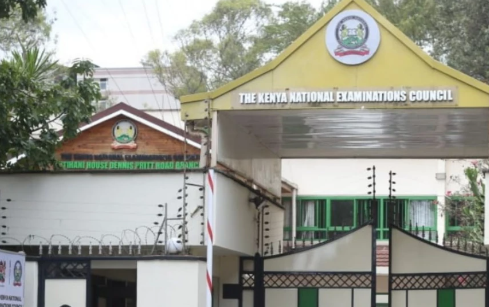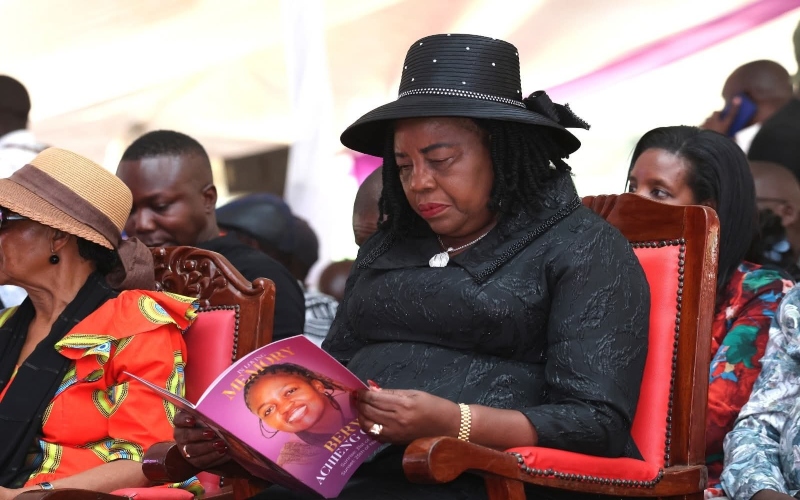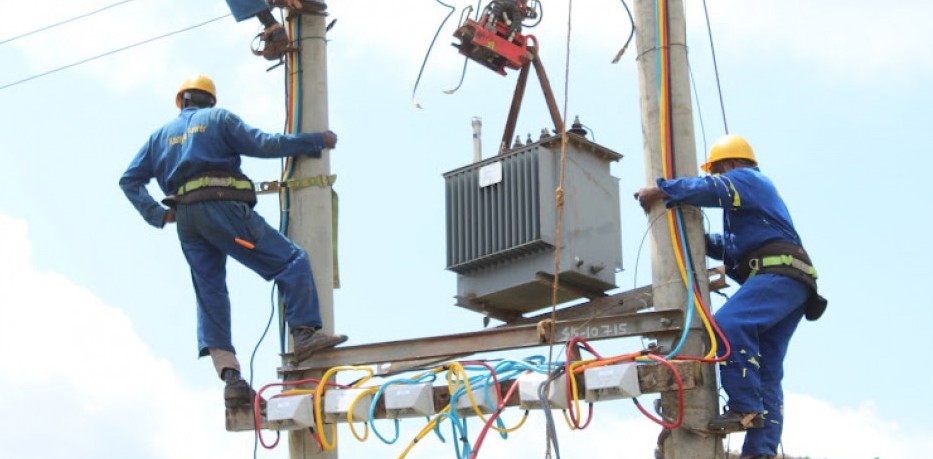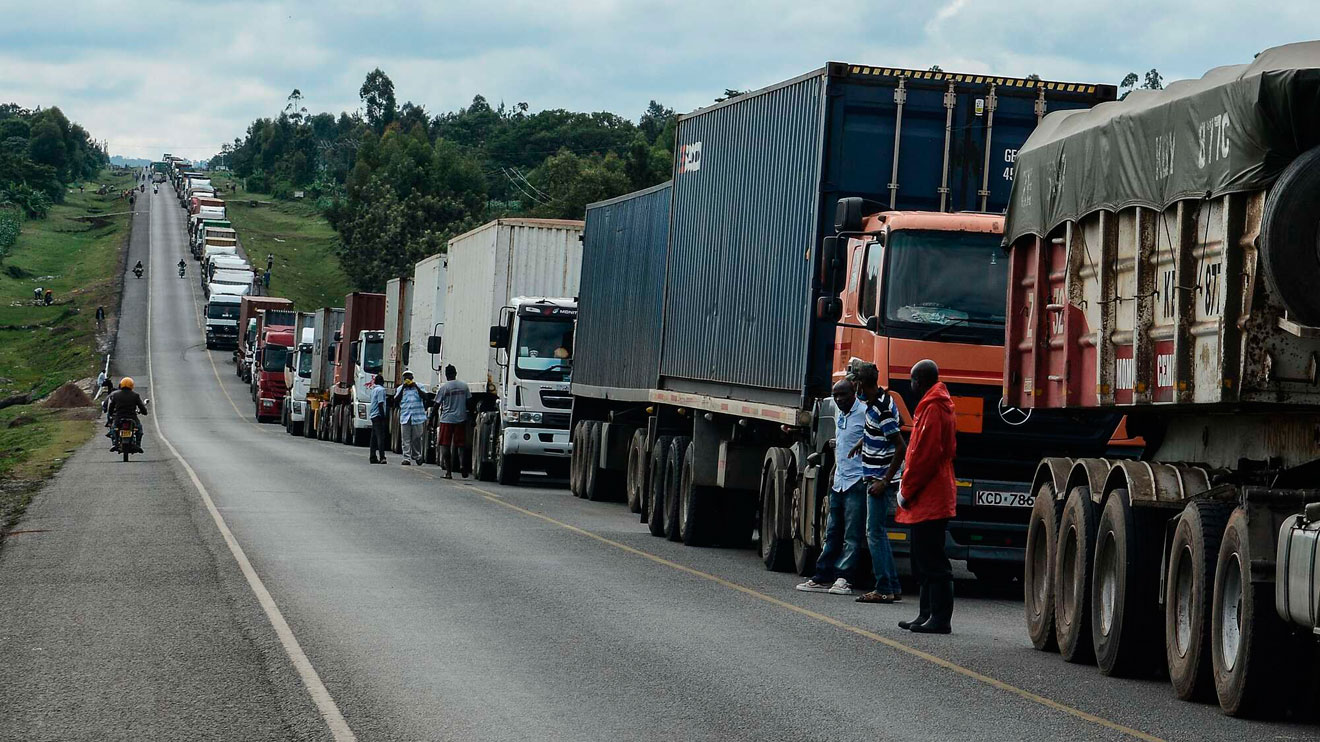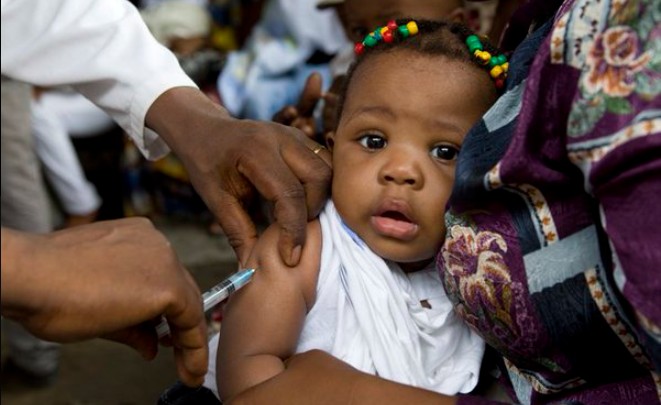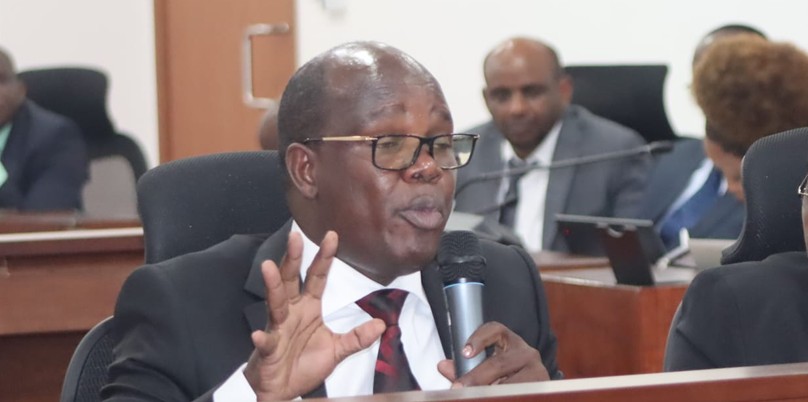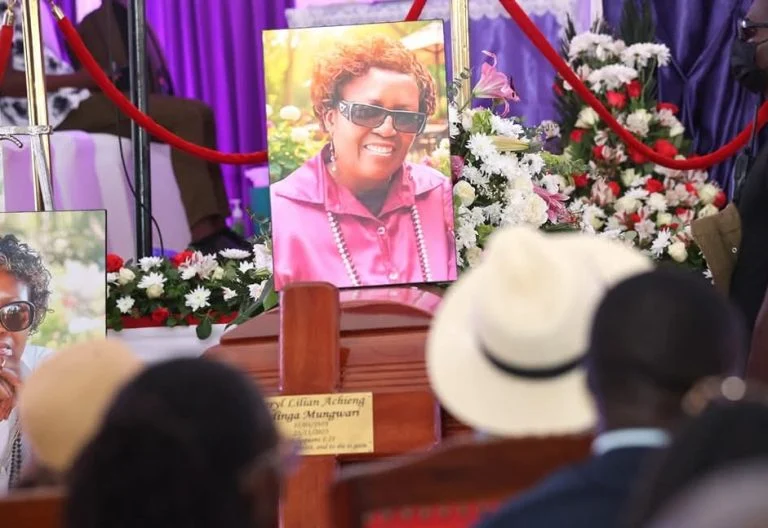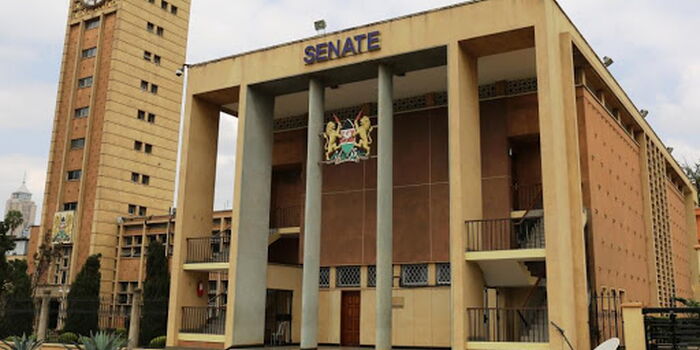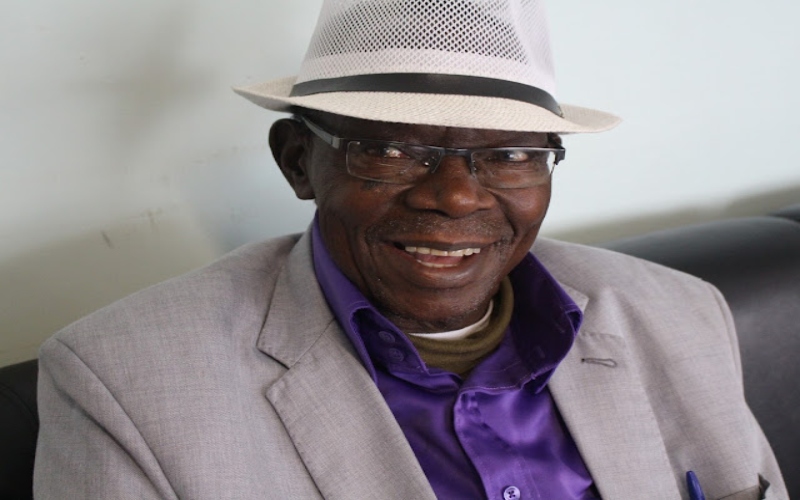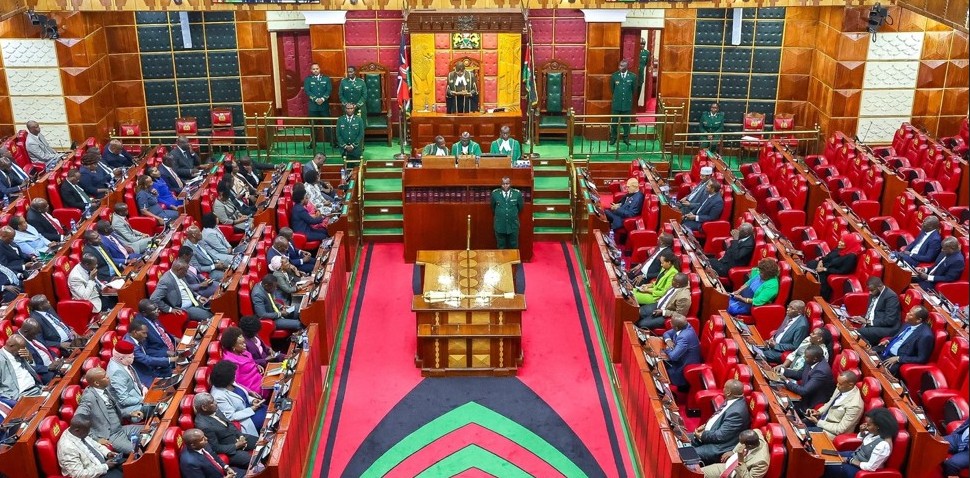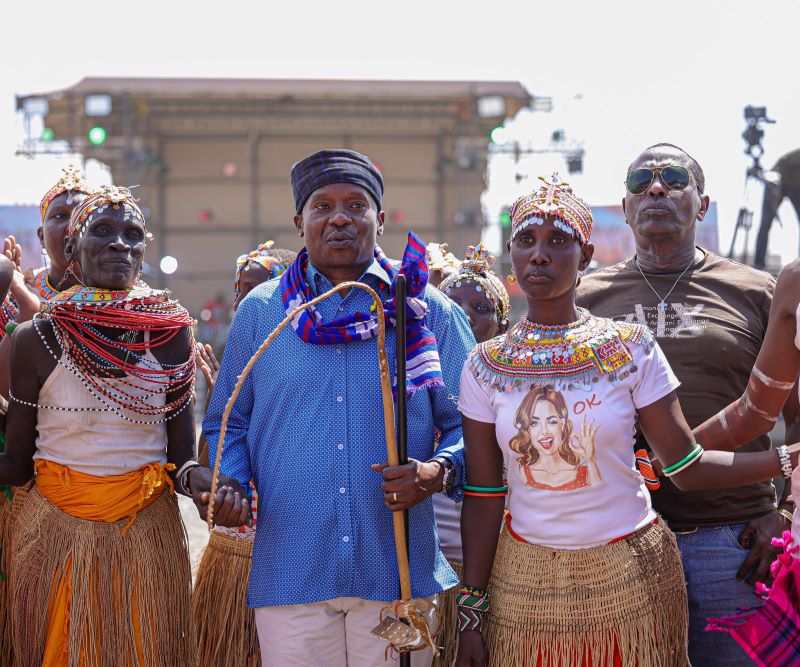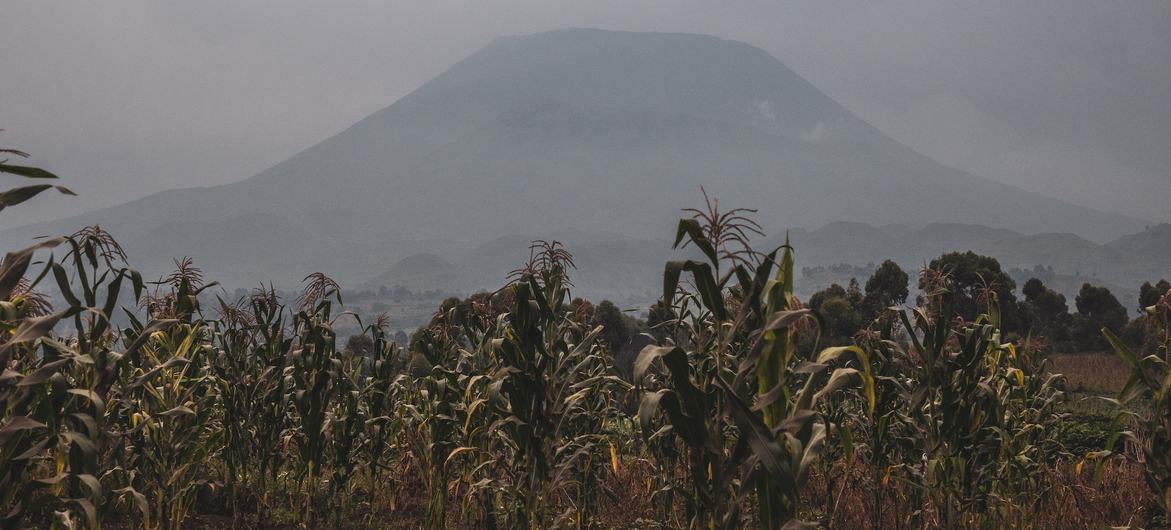IOM urges immediate aid as Khartoum returnees surpass one million
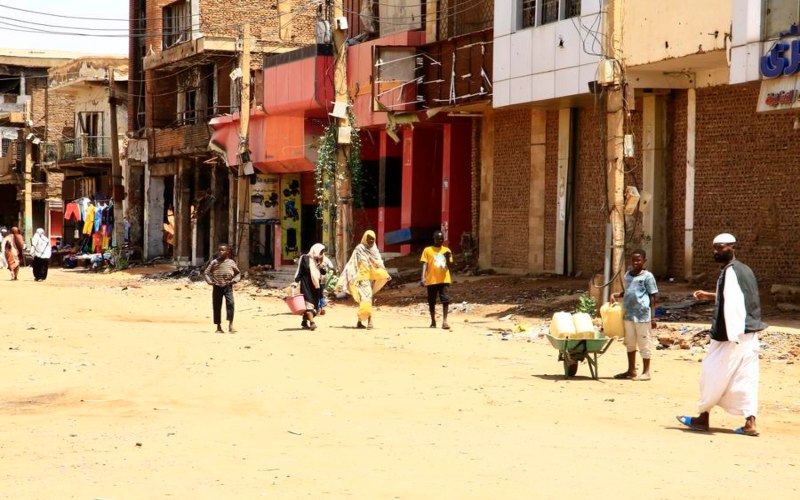
Majority of the individuals who returned were recorded across Khartoum (40 per cent), Aj Jazirah (37 per cent), Sennar (7 per cent), Blue Nile (7 per cent), North Darfur (4 per cent), White Nile (4 per cent), River Nile (one per cent), and West Darfur (less than one per cent).
More than one million people have returned to Khartoum within the last 10 months, a new report by the International Organisation for Migration (IOM) now shows.
The monthly report compiled by 'Sudan Monitoring Report Snapshot', a global Displacement Tracking Matrix that allows IOM and partners to plan humanitarian responses based on up-to-date data, shows an estimated 2,618,360 return movements to areas of origin between November 2024 and September 2025. The individuals were recorded across 1,980 locations, in 46 localities, in eight states.
"Of the total returns, approximately 2,094,516 individuals returned from within Sudan, and 523,844 individuals returned from abroad. This figure represents a 16 per cent increase in reported returns compared to the previous month," the report shows.
More To Read
- Sudan: Kordofan cannot become ‘another El Fasher,’ UN rights chief warns
- Sudan’s crisis deepens with communities trapped in ‘siege conditions’
- From protesting tyranny to saving lives: How Sudan’s networks are responding to war
- Somalia welcomes first group of Sudanese students under new scholarship programme
- Rights group calls for nationwide Sudan arms ban amid deadly attacks
- ‘I have to talk about it' - rape and terror sparks mass migration in Sudan
Majority of the individuals who returned were recorded across Khartoum (40 per cent), Aj Jazirah (37 per cent), Sennar (7 per cent), Blue Nile (7 per cent), North Darfur (4 per cent), White Nile (4 per cent), River Nile (one per cent), and West Darfur (less than one per cent)
Individuals reportedly moved back from locations of displacement across 18 different states (80 per cent), as well as from other countries (20 per cent).
According to the IOM, an estimated 3,770,161 IDPs were originally displaced from Khartoum by conflict.
"Of the total recorded returned individuals in Khartoum, 977,173 individuals moved back from internal displacement. These returns therefore only represent 26 per cent of the IDP population originally displaced from Khartoum, in addition to those displaced abroad. An additional 2,792,988 individuals may therefore return to Khartoum, depending on security and humanitarian conditions. Displacement Tracking Matrix field teams also recorded an estimated 4,818 individuals in Khartoum who reportedly returned from abroad, primarily from Egypt (79 per cent)," the report shows.
IOM's Deputy Director General for Operations, Ugochi Daniels, observed that the scale of return to Khartoum is both a sign of resilience and a warning.
"I met people coming back to a city still scarred by conflict, where homes are damaged and basic services are barely functioning. Their determination to rebuild is remarkable, but life remains incredibly fragile. Across Sudan, cholera, dengue and malaria are spreading, making it even more urgent to invest in clean water, health care and other essential services so that people can truly start over," she said.
An estimated 2,094,516 individuals returned from locations within Sudan, including locations across Gedaref (18 per cent), Khartoum (18 per cent), River Nile (14 per cent), Kassala (10 per cent), Aj Jazirah (7 per cent), White Nile (7 per cent), Northern (6 per cent), North Darfur (5 per cent), Sennar (4 per cent), and Red Sea (5 per cent).
Fewer individuals reportedly moved back from locations across Blue Nile (4 per cent), North Kordofan (one per cent) and less than one per cent in South Kordofan, East Darfur, West Darfur, Central Darfur, West Kordofan, and South Darfur.
An estimated 523,844 returnees reportedly returned from other countries, including Egypt (42 per cent), South Sudan (32 per cent), and Libya (13 per cent).
The majority of returnee households were reported to have moved back to their location of origin due to improved security (92 per cent), as others claimed to have returned due to lack of resources in areas of displacement (6 per cent), family reunification (one per cent), or the availability of services in areas of origin.
The majority of those who moved back have settled within rural locations (55 per cent), while 45 per cent were recorded in urban locations.
Nearly all (93 per cent) stayed at their habitual residence, regardless of the sustained damage or destruction; others took shelter in collective centres (five per cent). Only a minority of households reportedly stayed with host families or other returned households (one per cent) in forms of private rented accommodation (less than one per cent).
Anticipated returns-Of the total recorded returns in Sudan, approximately 2,094,516 individuals returned from internal displacement. This represents an estimated 18 per cent of the highest-recorded IDP population across Sudan. As noted above, Khartoum represents the top state of potential return.
IOM, however, warns that despite the optimism caused by returns in areas where there is relative security, the humanitarian situation remains dire. Many returnees are settling in damaged homes or collective centres, with limited access to clean water, health services, or protection. Slightly more than half of those returning are in rural areas, and nearly half are children under 18 years old.
Meanwhile, in other parts of Sudan, the humanitarian situation remains catastrophic, notably in Al Fasher, the besieged capital of North Darfur. More than one million people have fled Al Fasher since the start of the war, with many seeking refuge in Tawila, which has become a massive, overcrowded displacement hub.
The organisation reiterated the call by the United Nations Secretary General to silence the guns, end the suffering and find lasting solutions for the people of Sudan.
"The people of Sudan have shown remarkable strength and a deep desire to rebuild their lives once peace is restored," said IOM.
Top Stories Today

